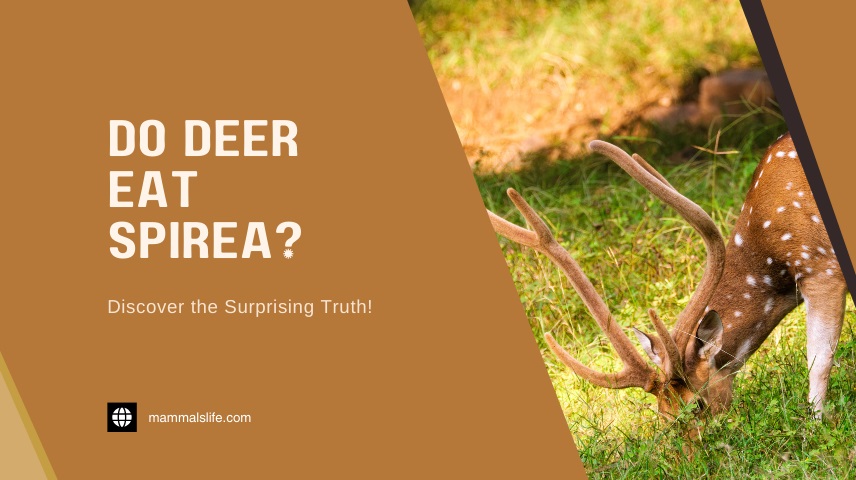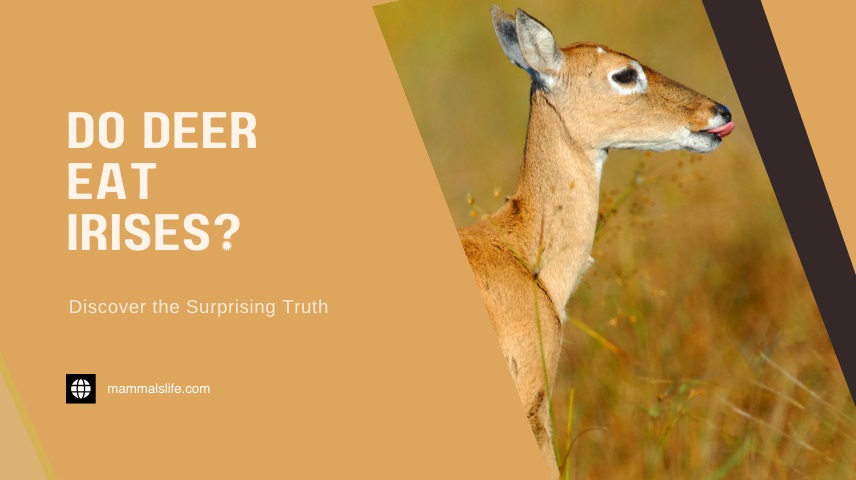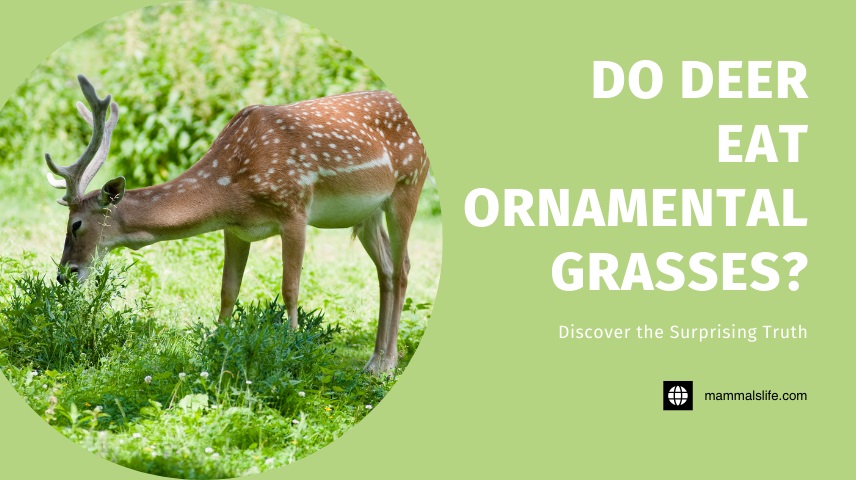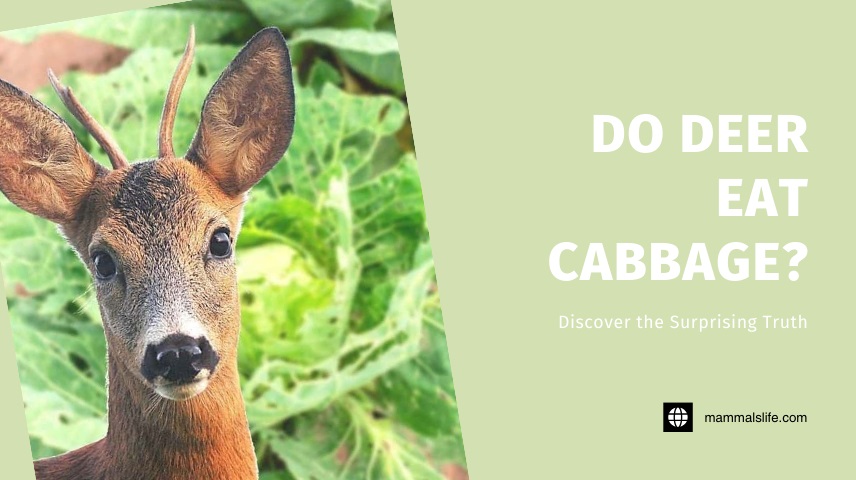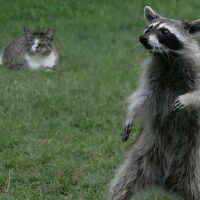Last Updated on February 22, 2025 by Mammals Life
Deer generally avoid eating spirea. Spirea is considered a deer-resistant plant.
Spirea, a popular ornamental shrub, is often found in gardens and landscapes. Gardeners appreciate its beautiful blooms and ease of care. Deer typically steer clear of spirea, making it a favorite for those in deer-prone areas. This deer resistance can help maintain the plant’s aesthetic appeal.
Choosing deer-resistant plants like spirea can save time and effort. It reduces the need for constant monitoring and maintenance. Spirea offers a practical solution for gardeners facing frequent deer visits. Its hardiness and beauty make it an excellent choice for any garden. For a low-maintenance and deer-resistant garden, consider adding spirea to your plant selection.
Spirea And Deer
Spirea is a beautiful flowering shrub found in many gardens. Deer are common in many areas and often feed on plants. Understanding the relationship between spirea and deer is important for gardeners.
What Is Spirea?
Spirea is a genus of about 80 to 100 species of shrubs. These shrubs produce clusters of small, vibrant flowers. They are popular in landscaping due to their beauty and ease of care.
Spirea shrubs can vary in size and color. Some are compact, while others can grow several feet tall. Their flowers can be white, pink, or even red.
They are also known for their hardy nature. Spirea can thrive in a variety of soil types and conditions.
Here are some popular types of Spirea:
- Japanese Spirea (Spiraea japonica)
- Bridal Wreath Spirea (Spiraea prunifolia)
- Snowmound Spirea (Spiraea nipponica)
Deer Feeding Habits
Deer are herbivores, meaning they eat plants. Their diet changes with the seasons. In spring and summer, they eat leaves, flowers, and tender shoots. In fall and winter, they consume woody plants and bark.
Deer are known to feed on a variety of plants, including shrubs and trees. They can cause significant damage to gardens and landscapes.
Here is a table summarizing deer feeding habits:
| Season | Diet |
|---|---|
| Spring | Leaves, flowers, tender shoots |
| Summer | Leaves, flowers, tender shoots |
| Fall | Woody plants, bark |
| Winter | Woody plants, bark |
Deer can be selective in their feeding. Some plants are more attractive to them than others. Gardeners need to know which plants are deer-resistant to protect their gardens.
Read More – Do Deer Eat Alfalfa? Nutritional Value, Impact, Implications
Spirea: A Deer-resistant Plant?
Gardeners often worry about deer eating their plants. Spirea is a popular shrub known for its beautiful flowers. But do deer eat Spirea? This section explores whether Spirea can resist deer.
Deer-resistant Characteristics
Spirea has several features that make it deer-resistant. The leaves are tough and not tasty to deer. Also, the plant has a strong smell that deer dislike. These traits help keep deer away.
Here are some key characteristics:
- Strong smell: Deer avoid plants with strong odors.
- Tough leaves: Deer prefers soft, tender leaves.
- Low nutritional value: Deer seek out more nutritious plants.
Comparing With Other Plants
Many gardeners compare Spirea with other deer-resistant plants. This helps in choosing the best plants for their garden.
| Plant | Deer-Resistance Level | Additional Benefits |
|---|---|---|
| Spirea | High | Beautiful flowers, easy to grow |
| Lavender | Very High | Evergreen, easy-to-shape |
| Boxwood | High | Evergreen, easy to shape |
Spirea ranks high among deer-resistant plants. Its beautiful flowers and tough leaves make it a great choice. Compared to lavender and boxwood, Spirea offers both beauty and resistance.
Factors Influencing Deer Appetite
Understanding why deer eat certain plants can help gardeners protect their gardens. Deer have varying tastes based on several factors. Let’s explore these factors to see why they might eat spirea.
Seasonal Changes
Deer appetite changes with the seasons. In spring and summer, they have many food options. Plants are plentiful, and deer can be picky eaters.
In fall and winter, food becomes scarce. Deer will eat almost anything to survive. During these seasons, your spirea might be at risk.
Availability Of Food
The availability of other food sources affects deer’s choice to eat spirea. If there are many tasty plants, deer may leave spirea alone. Below is a table of common deer-preferred plants:
| Plant Type | Preference Level |
|---|---|
| Hostas | High |
| Tulips | High |
| Spirea | Moderate |
| Lavender | Low |
If deer find better food, they might ignore spirea. But if options are limited, they won’t be so selective.
Read More – Do Deer Eat Blackberries? Nutritional Value, Protecting Your Garden
Real-life Observations And Studies
Curious if deer eat spirea? Let’s delve into real-life observations and studies. Understanding these insights can help gardeners protect their plants.
Gardener Experiences
Many gardeners have shared their observations about deer and spirea. Some noticed deer nibbling on new spirea shoots. But, deer often leave mature plants alone. This behavior varies by region and deer population.
- Deer Nibbling: Young shoots are most vulnerable.
- Mature Plants: Often spared by deer.
- Regional Differences: Deer behavior can vary widely.
Some gardeners use deer repellents to protect their spirea. Others plant deer-resistant species nearby. These strategies can help safeguard your garden.
Scientific Research
Scientific studies provide insights into deer feeding habits. Research shows that deer prefer certain plants over others. Spirea is not a primary food source for deer.
| Plant Type | Deer Preference |
|---|---|
| Spirea | Low |
| Hostas | High |
| Roses | Moderate |
Researchers found deer avoid spirea if other food is available. They also observed that spirea’s foliage and taste deter deer. This makes spirea a relatively safe choice for deer-prone areas.
Understanding these findings can help you make better gardening decisions. Choose plants that deer dislike to create a beautiful, deer-resistant garden.
Protecting Your Spirea From Deer
Spirea is a beautiful shrub that adds color to gardens. Deer can cause damage to spirea plants. Protecting your spirea from deer is essential. Read on to discover effective strategies.
Effective Deterrents
There are several ways to keep deer away from your spirea. Below are some effective deterrents:
- Fencing: A tall fence can block deer from your garden. Choose a fence at least 8 feet high.
- Deer Repellents: Use sprays with strong scents. These can deter deer from munching on your plants. Apply repellents regularly.
- Noise Makers: Loud noises can scare deer away. Use wind chimes or motion-activated devices.
- Planting Deer-Resistant Plants: Surround your spirea with plants deer dislike. Examples include lavender and marigolds.
Alternative Landscaping Options
If deer are a big problem, consider alternative landscaping options. These can help keep your garden beautiful and safe.
| Plant Type | Benefits |
|---|---|
| Deer-Resistant Shrubs | Examples are boxwood and butterfly bush. Deer avoid these plants. |
| Hardscaping | Use rocks and pathways. Deer find it hard to walk on these surfaces. |
| Raised Beds | Plant your spirea in raised beds. Deer find it hard to reach these. |
Combining these methods can help you protect your spirea from deer. Enjoy a deer-free, beautiful garden!
Read More – Do Deer Eat Sweet Potatoes? Insights from Wildlife Experts
Frequently Asked Questions
Do Deer Eat Spirea Plants?
Deer generally avoids eating spirea due to its unappealing taste and texture.
Is Spirea Deer-resistant?
Yes, spirea is considered deer-resistant, making it a popular choice for gardens prone to deer.
Why Do Deer Avoid Spirea?
Deer avoids spirea because of its tough leaves and bitter taste, which are unappealing to them.
Can Spirea Survive Deer Browsing?
Spirea can survive occasional deer browsing, but extensive damage is rare due to its deer-resistant nature.
What Plants Deter Deer Besides Spirea?
Plants like lavender, rosemary, and yarrow also deter deer due to their strong scents and textures.
Conclusion
Deer can occasionally nibble on Spirea, especially in areas with scarce food. Gardeners should consider deer-resistant plants. Using protective measures can help keep your Spirea safe. Understanding local deer behavior is key to maintaining a thriving garden.

